
When ‘Airy Met Fairy’s Mike Koster (left) and Thorunn Egilsdottir: Each and every song is entirely based on gut feeling and intuition.y
The Nordic duo of Thorunn Egilsdottir and Mike Koster share their thoughts on making music without ever having studied it
George Orwell would certainly agree with our proclamation that all musicians are equal, but, undoubtedly, some musicians are more equal than others. Still, this article does not describe the infinite gap that separates us from our educated colleagues. It would be naïve and unfair to try to camouflage enviousness by painting a picture of the talented, streetsmart analphabet versus the unartful academic that cannot think for him or herself. So no “Jimi Hendrix against Mozart” story here.
Instead, we want to shine the light on the one ingredient that makes humans creative: our emotions. Music knows no limitations and there is one law only that opens the borders of the universe of audio: as rightfully pointed out by James Brown, “If it sounds good and if it feels good, then it is good.” Theoretically, your song can be completely wrong but the moment it makes someone cry or tilt his or her hips, dance, laugh, get goosebumps or just about anything else, well, then it is not wrong anymore.
When I [Thorunn] was seven years old, I almost lost my finger while playing with an old chair. I stopped my piano lessons and it would take more than 20 years until I would say “Fuck it, I’ll go back to my piano lessons”. Catching up, however, is difficult. Things do not soak up as easily as when you are a kid.
I [Mike] too never ended up in a prestigious music school. Although I was never trained by someone from the Juilliard School, I played my first concert three months after purchasing my first bass guitar. That night the café was packed, the audience cheered and we had to repeat the set as we had practised only six songs.
WHATEVER WE DO, IT’S OUR EMOTIONS THAT GUIDE US
Thanks to the technology, we – as When ‘Airy Met Fairy – have been able to compensate for our disadvantage by applying the new tools that are available to avid music makers. We find ourselves producing stuff that we would have never dreamed of recording when we were teenagers. When we were recording our new album Esprit de Corps we felt like we were playing with Lego or cooking. Still, we have different approaches when we use technology in our recording studio (which is actually just a computer standing in an empty room with plenty of instruments lying around).
Whatever we do, it’s our emotions that guide us. One of us usually drops arbitrary beats and violin samples on the recorded piano lines and what we call “countless voices crashing into each other”. The other sets limits such as not to exceed the usage of five instruments per song (which, by the way, must not last longer than two minutes and forty-five seconds).
Rule number one in our band: no guitar solo (we feel they sound so pretentious). As for the structure of our songs, When ‘Airy Met Fairy usually follows the footsteps of two chords in a verse and three chords in a chorus. There’s not much more than that and yet, by adding layers, samples and beats, the emptiness is filled with enough variety to make the song complete. At least in the eyes of us as the creators.
The main thing for us is to create our own musical world. The sum of all these little sounds coming together, juxtaposed, make When ‘Airy Met Fairy. Each and every song is entirely based on gut feeling and intuition. Although the way we work may sound rash to some, our music is born in an intense feeling of deep affection for life and the sounds that can be created to describe it.
When ‘Airy Met Fairy’s new album Esprit De Corps is out 8 May. Find out more about the pair’s music at whenairymetfairy.com
Read more songwriting tips here > >



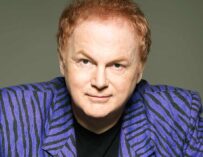
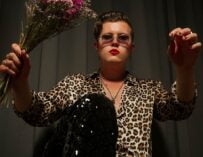
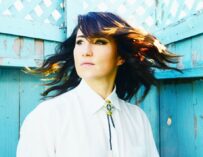


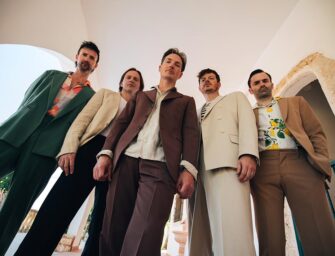

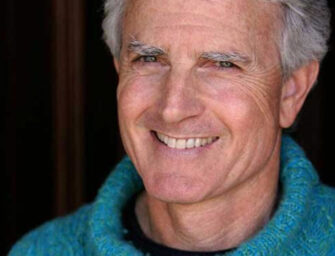
















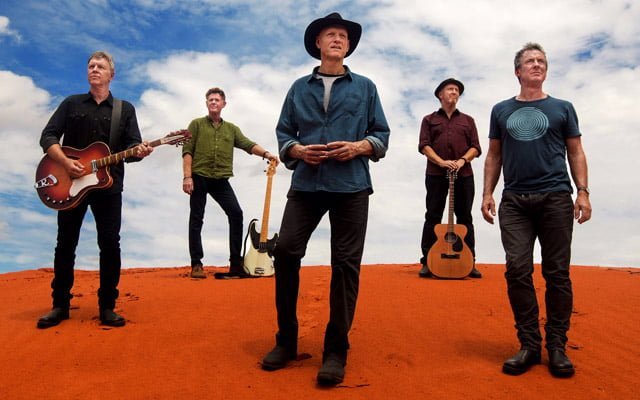






Related Articles